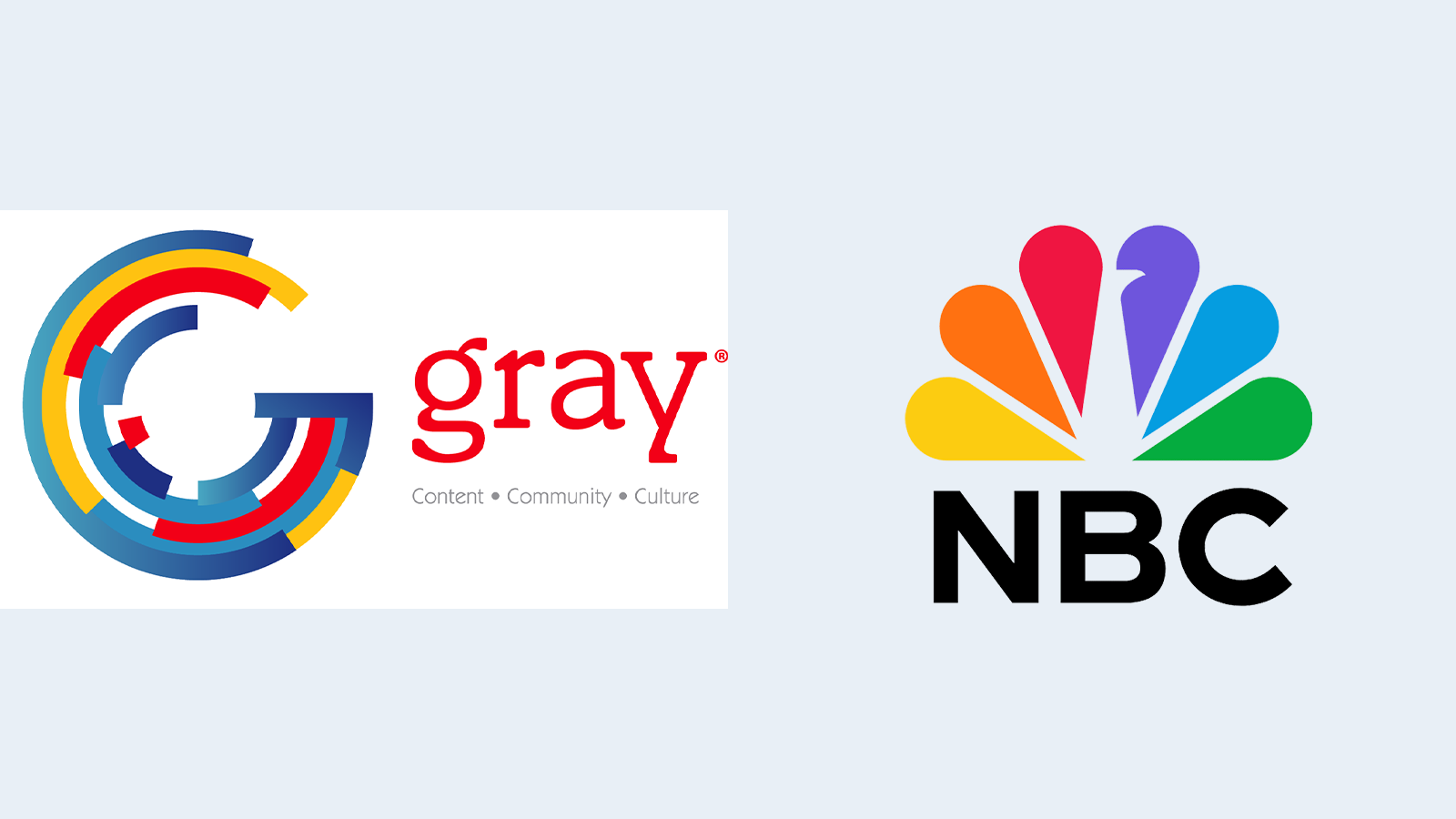Shooting Quad HD for HD projects
Were I to suggest that there are advantages to shooting certain broadcast projects with a 4K2K camcorder, I have no doubt what your response would be after giving me a harsh “are you crazy” look: “There’s no editing equipment for 4K2K, no distribution system of any kind and no 4K2K HDTVs for sale at any price.”
Telling you that several 4K2K HDTVs have already been announced for delivery during the remainder of this year will not, I am sure, modify your negative view. Nor will telling you that I can edit 4K2K on a lightweight MacBook Air be likely to modify your opinion.
The fact that neither in-plant nor external distribution systems can handle 4K2K is a solid reason in your view that super HDTV is years, if not a decade, away.
Nevertheless, I’ve little doubt that when you shoot digital photographs, whether you display them on your computer monitor or HDTV, you shoot your photos with a camera that has 12 to 16 megapixels. In fact, if you have one of the newest cameras, you may be shooting photos with 24 to 36 megapixels.
There are two reasons why you shoot photographs with six to 18 times more pixels than can be displayed. First, the higher the shooting resolution, the better image detail that will appear on a lower-resolution display. Second, the high-resolution original allows you to severely crop a picture and still have more than 2 megapixels in the cropped image.
Both of these reasons also apply to shooting video. The key is to think of source resolution separately from distribution and viewing resolution. One can shoot at four times the distribution and monitor resolution. Second, the ability to crop video is important when shooting sports or documentaries.
In this article, we’ll look at four different types of cropping that can be applied to video. I used JVC’s GY-HMQ10 Quad HD handheld ENG-style camcorder.
The professional video industry's #1 source for news, trends and product and tech information. Sign up below.
Multiple view crops
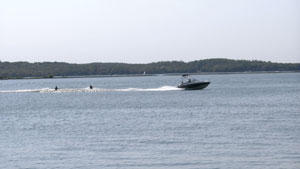
Figure 1. Camera view with the 10X lens zoomed-in
When shooting with a single camera, one lacks the ability to capture multiple views of the same subject. However, if one has a super-resolution source image, one can crop multiple views from the same video. (See Figure 1.)

Figure 2. Close-up of the powerboat
Let’s look at a close-up of the powerboat pulling two skiers. (See Figure 2.) It’s important to remember that even though this is a crop, it still has 2 million pixels that comprise a full HD image.
Similarly, a close-up of the skiers still contains 2 million pixels. (See Figure 3.)

Figure 3. Close-up of skiers
Because both views come from the same camera as it pans with the action, it’s possible to cut between the views. It’s also possible to superimpose the two views.
Crops from locked-down camera
In some cases, it’s desirable to place a camera on a tripod and lock it down for a wide shot. The problem, of course, is that a wide view is only useful in a few situations. It often functions only for establishing shots and brief cutaways. (See Figure 4.)
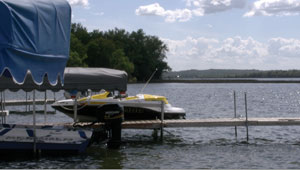
Figure 4. Wide shot from a locked-down camcorder
In a much better composed shot, most of the distracting objects have been cropped away, leaving a view of the dock, jet ski, lake and sky. (See Figure 5.)
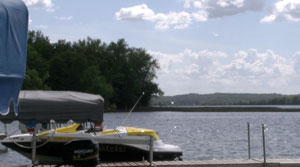
Figure 5. View of the dock, jet ski, lake and sky
Having the ability to pull multiple shots from a locked-down camera gives the producer the ability to make more use of the camera. (See Figure 6.)

Figure 6. Close-up of the jet ski
As we will see, an NLE’s ability to crop, over time, from one view to the other enables the locked-down shot to look like a camera zoom — something that could only be accomplished were a remote-controlled pan-tilt head and remote zoom control available to the camera operator.
Pan and zoom crop
Final Cut Pro X provides a “Ken Burns” effect that can be used to animate cropping within a Quad HD image. The green window defines the initial view, while the red window defines the final view. (See Figures 7, 8 and 9.)
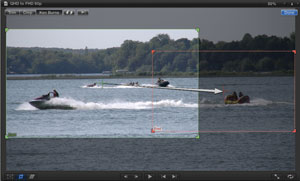
Figure 7. Green window defines initial view, while red window defines the final view
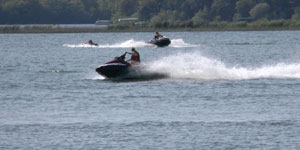
Figure 8. Beginning of pan and zoom
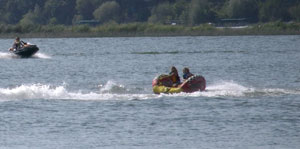
Figure 9. Final frame of pan and zoom
Note that the rightward digital pan is possible even though the camera is panning to the left. If this pan looks disturbing, one can place a smaller green window over the kids while placing a larger red window over the Jet Ski. In this case, both pans will have the same direction.
Creative crops
Figure 10 shows a wide shot taken by the camera operator. Knowing that the shot should finish with a close-up of the green plants, the operator zooms into the center of the plants.
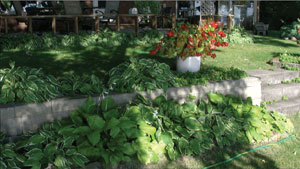
Figure 10. Wide shot of garden

Figure 11. Zoom into center of the plants

Figure 12. Corrected zoomed view
To the producer’s eye, the plant’s center is void, containing nothing of interest. (See Figure 11.) By setting up a digital pan that begins with the whole image and finishes cropped to the right, the final close-up is far more interesting to the viewer. (See Figure 12.)
Export HD
When a crop is larger than 1920 x 1080 (or 1280 x 720), the cropped image is auto-downscaled during export. Of course, it’s important not to crop Quad HD to smaller than the export resolution. Using Apple’s Final Cut Pro X, one edits Quad HD exactly the same as one would edit full HD. In both cases, one edits ProRes Proxy copies of the original ProRes 422 HQ or ProRes 422 video. An export is made to a full HD file using ProRes 422 HQ or ProRes 422 at 1080i59.94 (or 720p59.94).
It’s also possible to edit Quad HD using Final Cut Pro and Media Composer (OS X and Windows). Ultimately, the exported file can be sent to a plant’s on-air server.
The advantages of shooting Quad HD are available whether one shoots with a low-cost ENG-style camera or a far more expensive cinema-style camera. The difference is one of image quality, not post production.
—Steve Mullen is the owner of DVC. He can be reached via his website at http://home.mindspring.com/~d-v-c.
